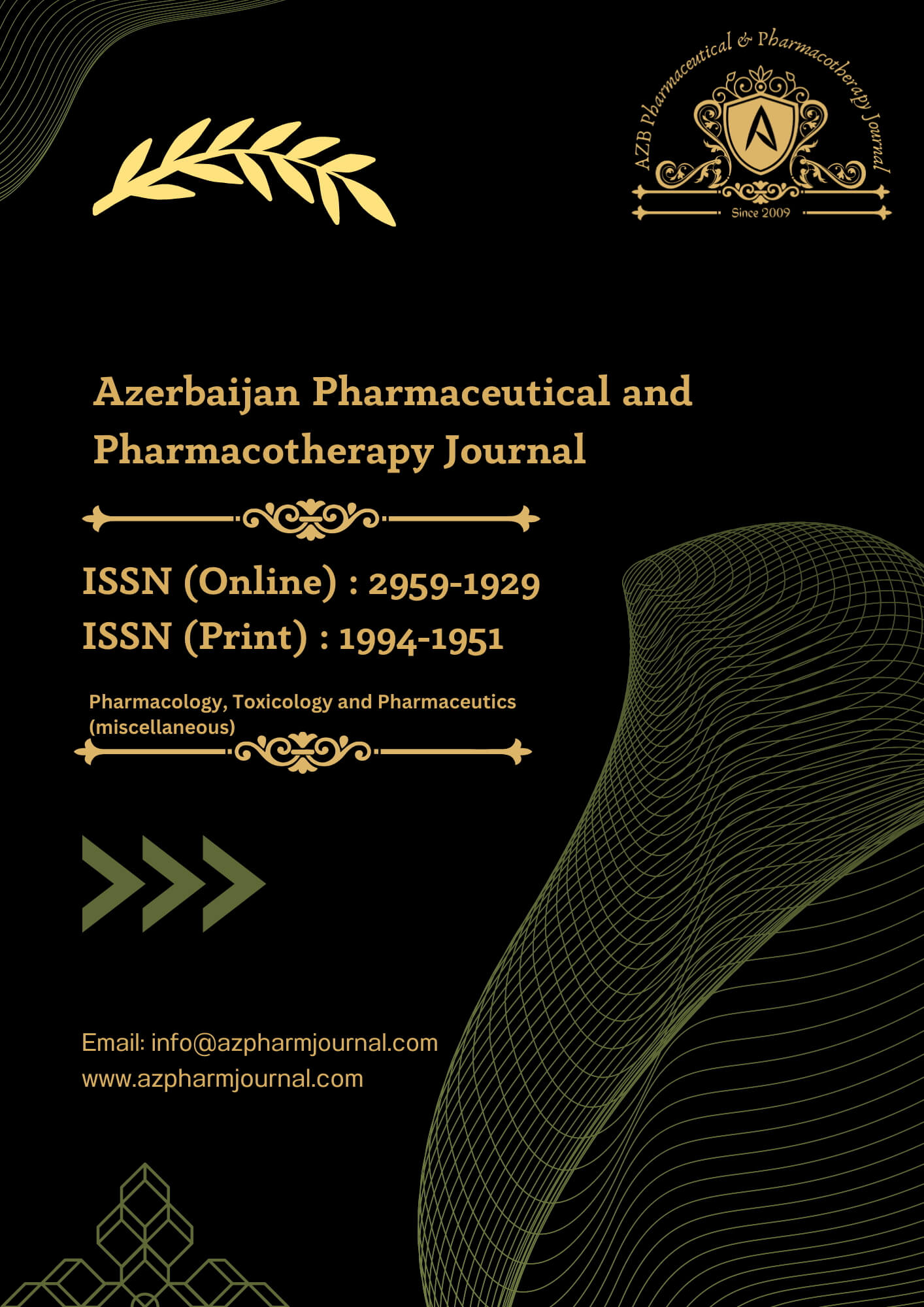Chest drain insertions are essential but potentially risky procedures that require enough training and expertise to guarantee patient safety and effectiveness. Chest drain insertions and their aftercare require appropriate training and experience to improve the overall safety and efficacy of the procedure. A UK-wide audit identified significant complication rates associated with chest drains, prompting recommendations for enhancing safety (1). The recommendations were further elaborated recently. These recommendations include important pre-procedural safety checks, avoidance of chest drain insertion out-of-hours, and optimal documentation (2).
National Patient Safety Agency (NPSA) reported in 2018, 45 deaths related to chest drain risks. The reason behind these risks was unsatisfactory practice (3). A recent study found that using a checklist during endoscopic procedures helped improve how well doctors documented the procedures in patients' records. The checklist ensured that all the important information was written down accurately. This not only made things safer for patients but also made it easier for doctors (4). We conducted an initial review of how chest drain insertion procedures were documented over four months.
Afterward, we introduced a chest drain proforma in Pulmonology ward and give recommendations to improve the documentation quality.
In 2016, Hasan and Barnes conducted an audit focusing on the documentation of pleural procedures. They examined six general parameters, including consent, operator details, indication, type of procedure, complications, and risk assessment related to INR and platelet levels. Additionally, they assessed six pleural-specific parameters, such as the site of abnormality, ultrasound findings, medications administered, aspirate amount and character, tests requested, and post-procedure management.
Their audit involved a small sample size of 30 procedures both before and after the introduction of a new documentation pro forma. Initially, they found poor documentation, with none of the 30 procedures having complete documentation of all 12 parameters. However, after implementing the new pro forma, 66% of the procedures achieved full documentation, indicating a significant improvement in documentation quality. (5)
